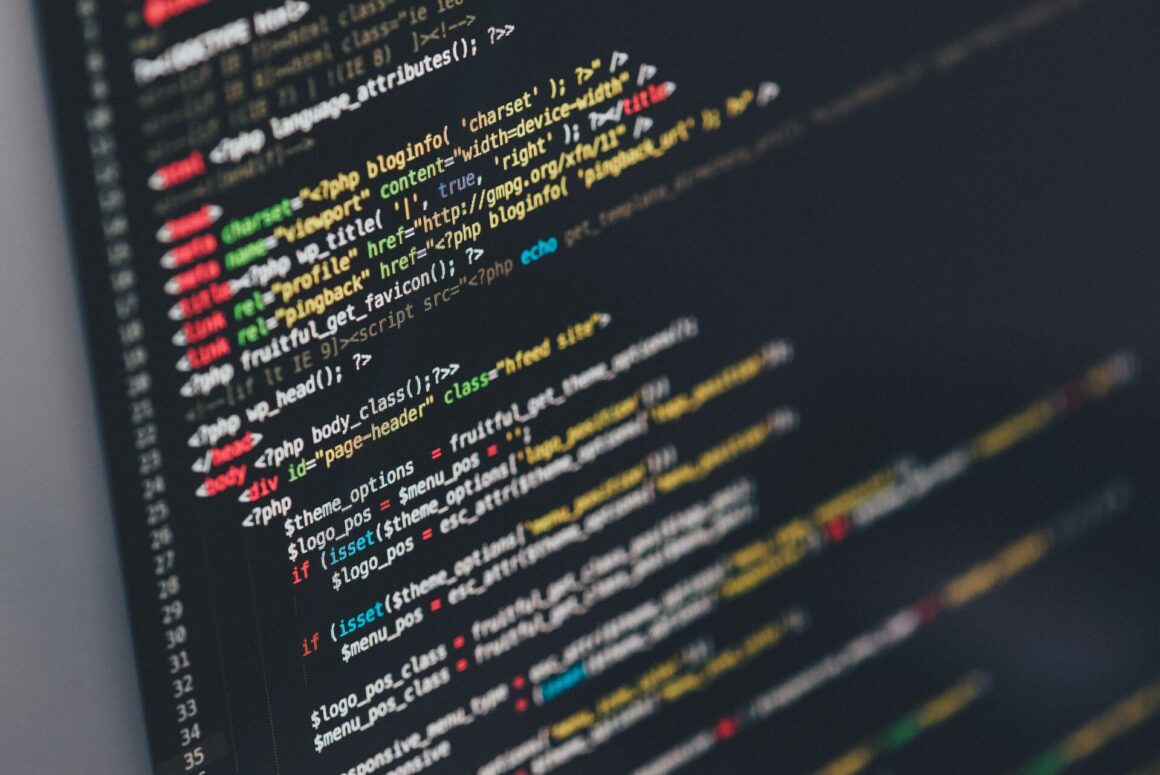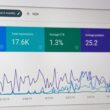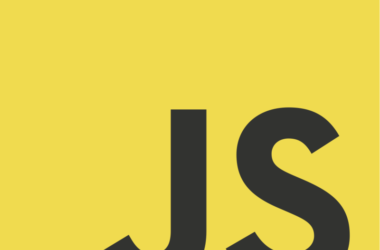Introduction:
In today’s digital age, learning to code has become an essential skill. Whether you aspire to become a software developer, data scientist, or simply want to understand the fundamentals of programming, choosing the right programming language for beginners is crucial. With a plethora of programming languages available, it can be overwhelming to determine where to start. In this blog post, we will explore some of the best programming languages for beginners, considering factors such as simplicity, community support, and versatility.
- Python: Python consistently ranks as one of the best programming languages for beginners. It is renowned for its simplicity and readability, making it an ideal language for those who are new to coding. Python’s syntax resembles natural language, making it easier to understand and write code. Additionally, Python has a vast and active community that provides extensive support through documentation, tutorials, and libraries. Its versatility allows beginners to explore various domains, such as web development, data analysis, and machine learning.
- Pros:
- Simple and readable syntax, making it beginner-friendly.
- Large and active community, providing extensive support and resources.
- Versatile language with applications in web development, data analysis, and more.
- Extensive library ecosystem, enabling beginners to leverage pre-existing code.
- Strong emphasis on code readability and good programming practices.
- Cons:
- Python can be slower compared to languages like C or C++.
- Limited mobile app development capabilities.
- Python 2.x and 3.x versions have some compatibility issues.
- Pros:
- JavaScript: JavaScript is a language that runs in web browsers and has gained immense popularity due to its importance in web development. Learning JavaScript enables beginners to create interactive websites and gain a solid understanding of front-end development. It has a forgiving syntax and offers instant visual feedback, making it an excellent choice for beginners. JavaScript also has a large community and a multitude of resources, making it easier to find help and guidance.
- Pros:
- Essential for web development, allowing beginners to create interactive websites.
- Forgiving syntax and immediate visual feedback enhance the learning experience.
- Wide community support and extensive resources available.
- Can be used for both front-end and back-end development with frameworks like Node.js.
- Growing demand for JavaScript skills in the job market.
- Cons:
- Browser compatibility issues may arise.
- Initially designed for web development, so it may require learning additional languages for other domains.
- Can be overwhelming due to the vast ecosystem of libraries and frameworks.
- Pros:
- Scratch: For absolute beginners, Scratch is an excellent language to start with. Developed by the MIT Media Lab, Scratch uses a visual programming interface that allows users to create animations, games, and interactive stories. It focuses on teaching fundamental programming concepts through a block-based system, eliminating the need to learn complex syntax. Scratch provides a fun and intuitive way for beginners, especially children, to grasp programming principles and develop logical thinking skills.
- Pros:
- Visual block-based interface makes programming concepts accessible to beginners.
- Engaging and fun environment, encouraging creativity and logical thinking.
- No need to learn syntax or worry about syntax errors.
- Strong emphasis on problem-solving and computational thinking.
- Active online community sharing projects and providing support.
- Cons:
- Scratch is primarily designed for introductory learning and not suitable for complex projects.
- Limited real-world application beyond educational purposes.
- May require transitioning to a text-based language for more advanced programming.
- Pros:
- Java: Java is a robust, versatile programming language widely used for developing enterprise-level applications, Android apps, and more. Although Java requires a steeper learning curve compared to Python or Scratch, it provides a solid foundation for understanding object-oriented programming (OOP) concepts. Java’s strict syntax helps beginners develop good coding practices and emphasizes strong programming principles. It also has a vast community, numerous resources, and ample job opportunities, making it a popular choice for beginners aiming for a career in software development.
- Pros:
- Widely used in enterprise-level applications and Android app development.
- Emphasis on OOP principles, providing a solid foundation for software development.
- Strongly typed language, promoting good coding practices.
- Extensive community support and vast resources available.
- Ample job opportunities and career growth prospects.
- Cons:
- Requires a steeper learning curve compared to other beginner-friendly languages.
- Requires setting up a development environment and understanding build processes.
- More verbose compared to languages like Python.
- Can be complex for beginners without prior programming experience.
- Pros:
- Ruby: Ruby is known for its elegant and readable syntax, often described as “fun” to write and read. It is a beginner-friendly language that focuses on simplicity and productivity. Ruby on Rails, a popular web development framework built with Ruby, provides an easy entry point into web development, allowing beginners to quickly build functional web applications. Ruby’s supportive community and comprehensive documentation make it an excellent choice for those starting their programming journey.
- Pros:
- Elegant and readable syntax, making it beginner-friendly.
- Focuses on simplicity and productivity.
- Ruby on Rails framework simplifies web development for beginners.
- Supportive community and comprehensive documentation.
- Encourages clean and efficient code.
- Cons:
- Smaller community compared to languages like Python or JavaScript.
- Limited applications outside of web development.
- Performance can be slower compared to some other languages.
- Pros:
Sample Practical Study Schedule
Congratulations! If you’ve made it this far in the article, it shows your commitment and enthusiasm towards learning how to write a computer program. Now, let’s take the next step and dive into a detailed sample study schedule that will guide you through 6 months of dedicated Python learning (Or any of the programming languages). By devoting just 2 hours a day to studying and practicing Python, you’ll be amazed at how much progress you can make. So, let’s explore the study schedule and embark on this exciting journey towards Python mastery!
Month 1: Introduction to Python Fundamentals
- Week 1: Getting Started
- Basics of Python syntax and variables
- Simple input/output operations
- Week 2: Conditional Statements and Loops
- If statements, for and while loops
- Iteration and control flow
- Week 3: Functions and Modules
- Defining and calling functions
- Exploring built-in modules
- Week 4: Data Structures
- Lists, tuples, and dictionaries
- Manipulating and accessing data structures
Month 2: Object-Oriented Programming and File Handling
- Week 1: Introduction to OOP
- Classes, objects, and methods
- Encapsulation, inheritance, and polymorphism
- Week 2: File Handling
- Reading and writing to files
- Handling exceptions and errors
- Week 3: Advanced Concepts
- Decorators, generators, and iterators
- Regular expressions
- Week 4: Mini Project
- Implement a small project using OOP principles and file handling
Month 3: Web Development with Python
- Week 1: Introduction to Web Development
- HTML, CSS, and JavaScript basics
- Setting up a development environment
- Week 2: Flask Framework
- Building web applications using Flask
- Routing, templates, and forms
- Week 3: Database Integration
- Working with databases using SQLite or PostgreSQL
- CRUD operations and ORM (Object-Relational Mapping)
- Week 4: Mini Project
- Develop a simple web application using Flask and database integration
Month 4: Data Analysis and Visualization
- Week 1: NumPy and Pandas
- Data manipulation and analysis with NumPy and Pandas libraries
- Week 2: Data Visualization
- Plotting data using Matplotlib and Seaborn libraries
- Week 3: Data Cleaning and Preprocessing
- Handling missing values and outliers
- Feature scaling and normalization
- Week 4: Mini Project
- Perform data analysis and visualization on a provided dataset
Month 5: Introduction to Machine Learning
- Week 1: Introduction to Machine Learning
- Supervised vs. unsupervised learning
- Model evaluation and validation techniques
- Week 2: Linear Regression
- Implement linear regression models
- Evaluate and interpret results
- Week 3: Classification Algorithms
- Logistic regression, decision trees, and random forests
- Model evaluation and feature importance
- Week 4: Mini Project
- Build a simple machine learning model for classification or regression
Month 6: Advanced Topics and Final Project
- Week 1: APIs and Web Scraping
- Interacting with APIs and retrieving data
- Web scraping using libraries like BeautifulSoup
- Week 2: Introduction to Django Framework
- Building more complex web applications with Django
- User authentication and data management
- Week 3: Deployment and Testing
- Deploying web applications using platforms like Heroku
- Unit testing and test-driven development
- Week 4: Final Project
- Develop a complete Python project that incorporates learned concepts
Remember to adapt this schedule to fit your own pace and learning style. Allocate additional time for practice, coding exercises, and personal projects to reinforce your understanding. As you progress, explore additional resources, participate in coding challenges, and engage with the programming community to enhance your learning experience. Good luck on your Python learning journey!
Conclusion:
In this blog post, we have explored the best programming languages for beginners, focusing on Python, JavaScript, Scratch, Java, and Ruby. Each language has its unique strengths and advantages, making it suitable for different learning objectives and projects. Python, with its simplicity and versatility, continues to be a top choice for beginners due to its readable syntax and extensive community support. JavaScript, essential for web development, provides a forgiving and interactive learning experience. Scratch, designed specifically for beginners, offers a fun and intuitive introduction to programming concepts. Java lays a strong foundation for object-oriented programming principles and opens up opportunities in various domains. Ruby, with its elegant syntax, fosters creativity and productivity.
Remember, the key to success lies in taking action. Choose a programming language that aligns with your goals and interests, and dive into the world of coding. Follow a study schedule, allocate dedicated time each day, and practice regularly. Embrace challenges, solve problems, and never hesitate to seek help from the vast online communities and resources available.
Throughout your learning journey, remember that programming is not just about memorizing syntax or mastering languages. It’s about developing problem-solving skills, logical thinking, and the ability to break down complex tasks into manageable steps. Don’t be discouraged by setbacks or hurdles along the way. Learning to code is a continuous process of growth and discovery.
As you progress in your programming journey, remember to work on personal projects and collaborate with others to strengthen your skills. Immerse yourself in coding communities, attend meetups, and participate in coding challenges. By doing so, you will expand your knowledge, gain confidence, and unlock endless possibilities in the world of technology.
Finally, enjoy the process! Coding is not only a practical skill but also a creative outlet. It allows you to bring your ideas to life and make a positive impact on the world. Embrace the joy of problem-solving, celebrate your accomplishments, and never stop learning. Whether you aspire to become a professional developer or simply want to explore the fascinating world of programming, remember that with dedication and perseverance, you can achieve great things.
So, let’s embark on this exciting journey together. Choose your programming language, set your goals, and let the adventure begin. Happy coding!
We would love to hear your thoughts and experiences on the topic of the best programming languages for beginners. Did you find the information helpful? Do you have any additional insights or suggestions? Have you started your coding journey with any of these languages? We value your feedback and believe that sharing your perspective can spark insightful discussions and provide valuable guidance to others. So, please take a moment to leave a comment in the section below and let us know your thoughts. Your input will enrich our community and contribute to the collective learning experience. We’re excited to read your comments!









